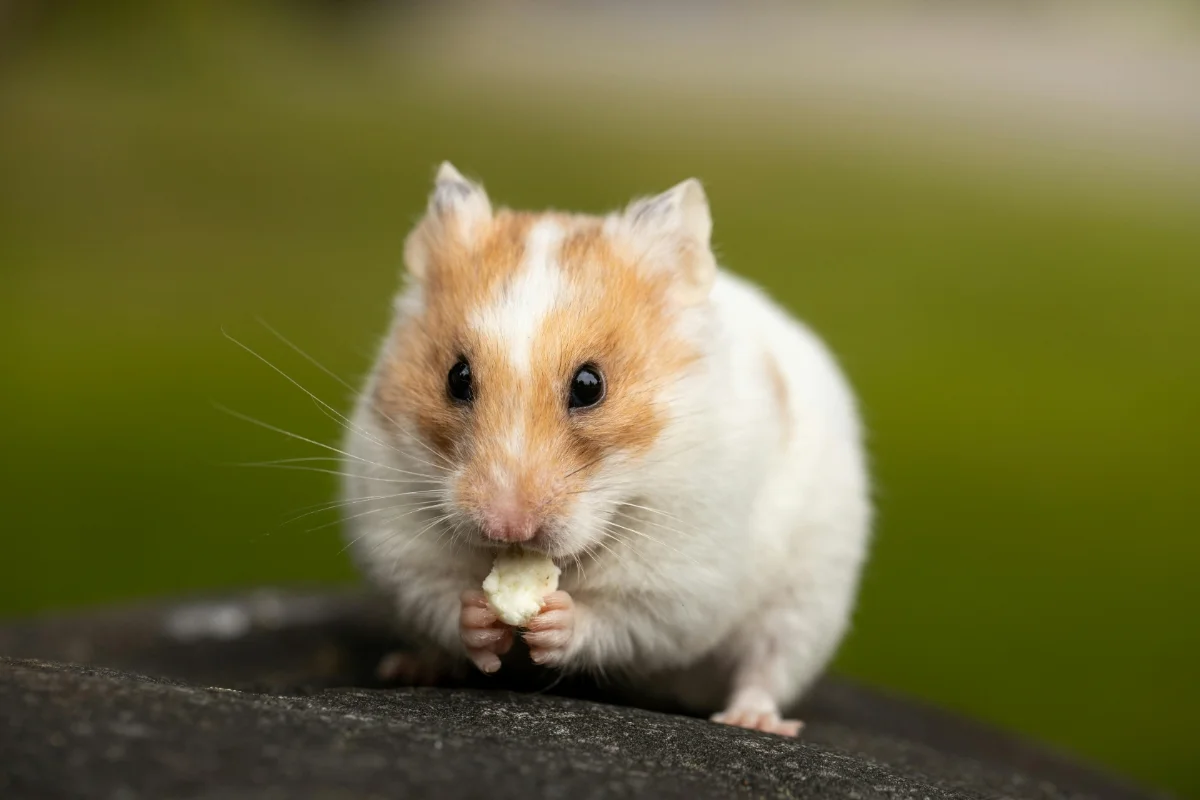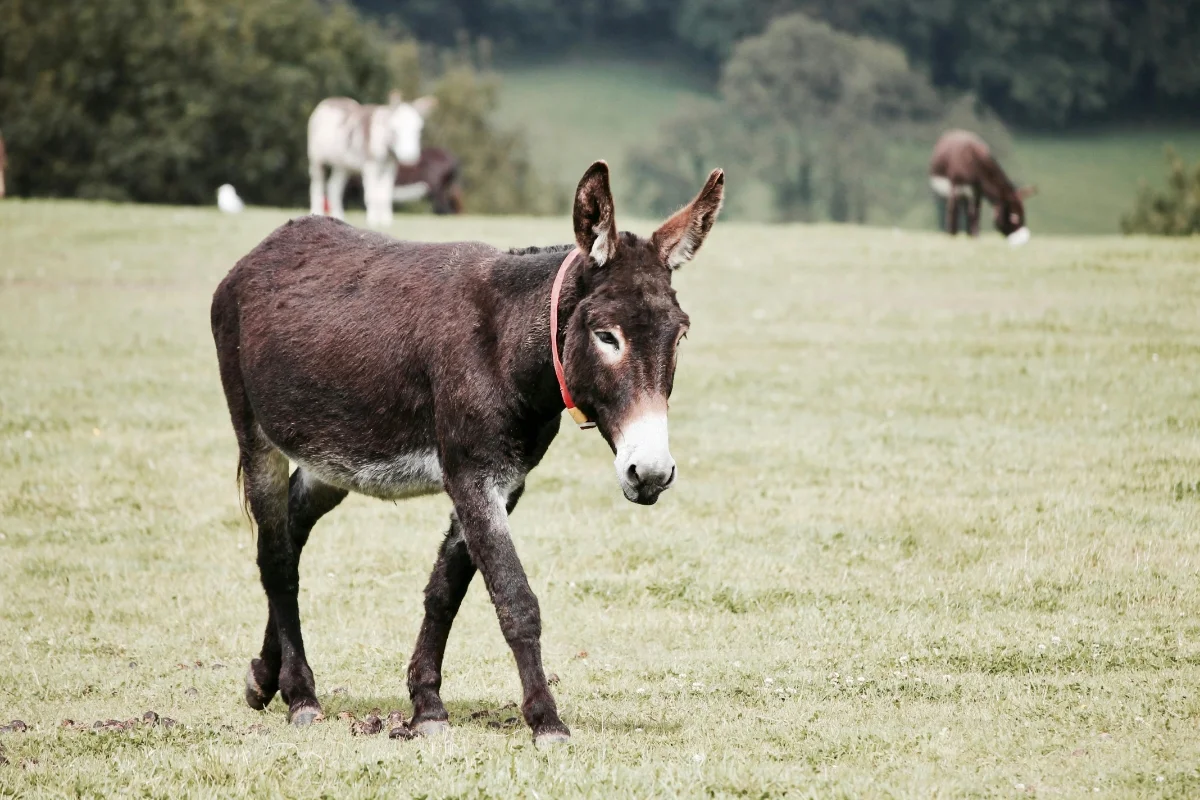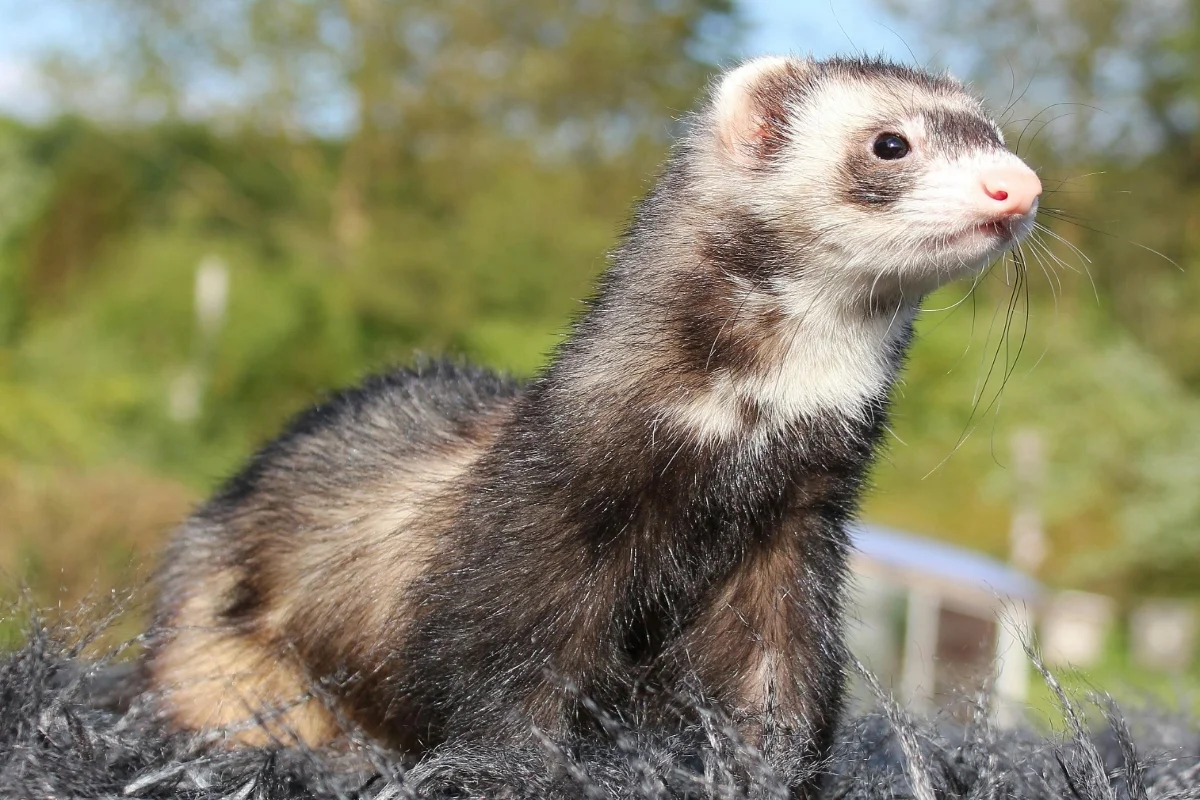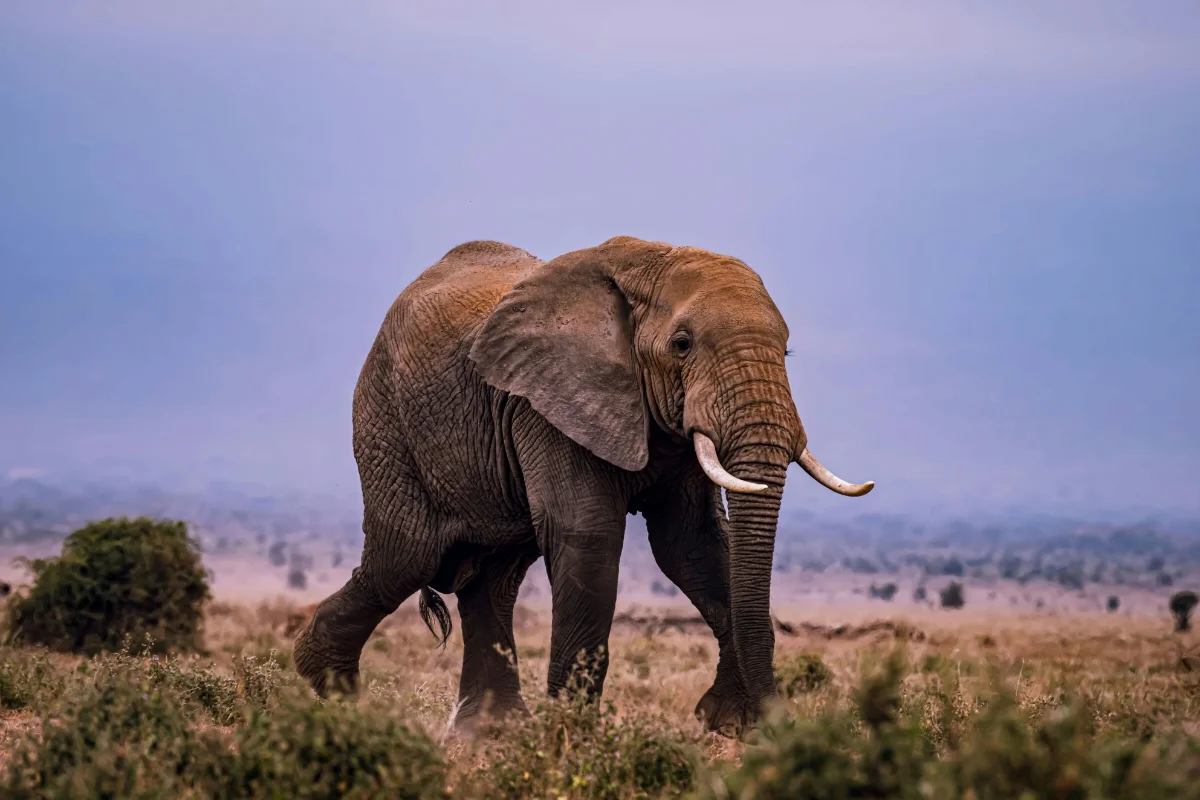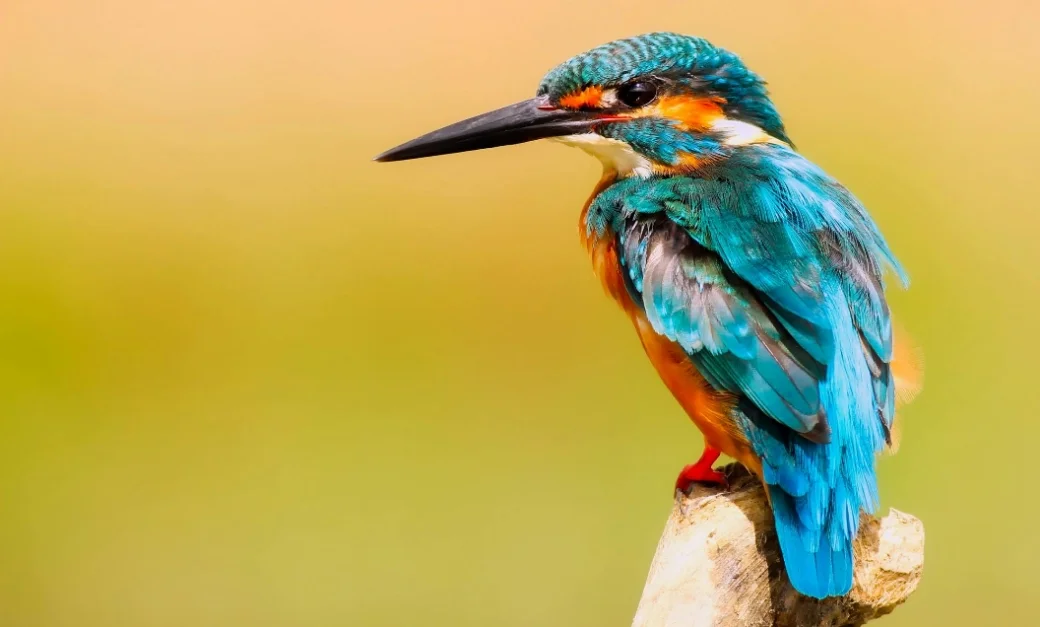Koala
Koalas are native to Australia and are one of the country’s most iconic animals. These tree-dwelling marsupials are primarily found in eucalyptus…
Koalas are native to Australia and are one of the country’s most iconic animals. These tree-dwelling marsupials are primarily found in eucalyptus forests. Known for their distinct appearance and calm demeanor, koalas are often associated with Australia’s unique wildlife and natural heritage.
Koala Information
| Height: | 60–85 cm |
| Length: | 60–85 cm |
| Weight: | 4–15 kg |
| Top Speed: | 16 km/h |
| Food: | Eucalyptus leaves |
| Color: | Gray, white |
| Location: | Australia |
| Predators: | Dingoes, owls, pythons, dogs |
| Lifespan: | 10–15 years |
| Habitat: | Eucalyptus forests |
| Gestation: | 33–35 days |
Description
Koalas have a stout, robust body covered in soft, thick grayish fur with a white underside. Their large, round ears, black noses, and large, sharp claws are key features. Their strong limbs are adapted for climbing, and they have a slow, deliberate way of moving.
Life Cycle
Koalas are born after a short 35-day gestation period. The underdeveloped joey crawls into its mother’s pouch to complete its development. After leaving the pouch, the joey stays in the mother’s care for months, suckling and learning to eat eucalyptus leaves.
Characteristics
Koalas are solitary animals with strong territorial instincts. They are nocturnal and spend most of their time resting in trees to conserve energy. Koalas have specialized digestive systems that allow them to process tough eucalyptus leaves, which provide minimal nutrition.
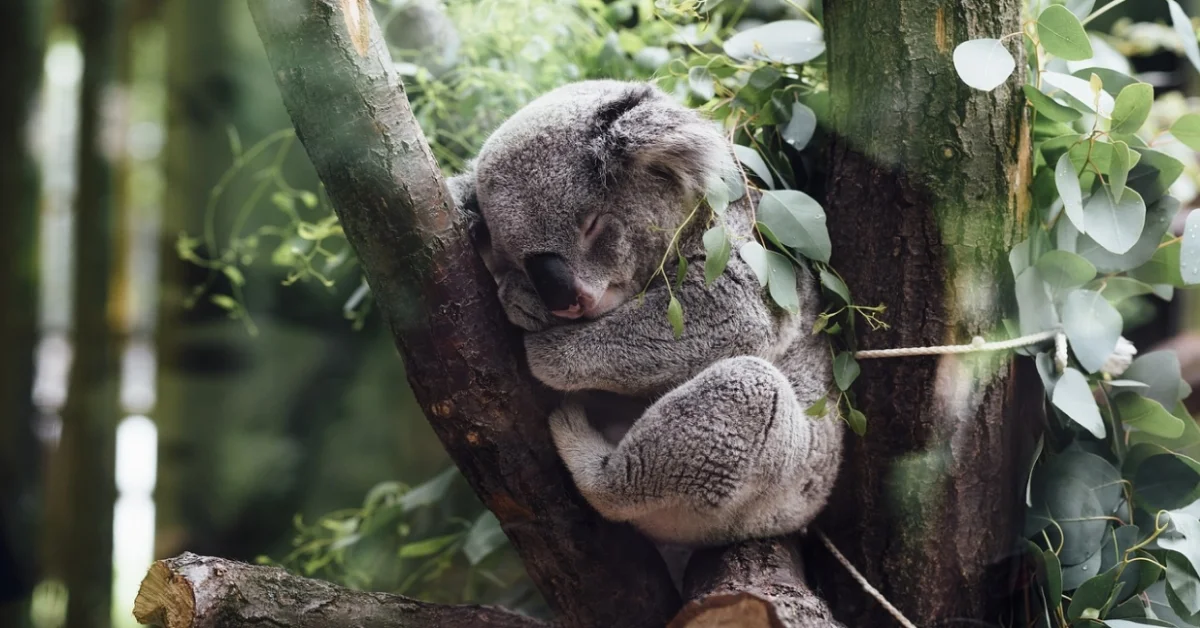
Care
Koalas are primarily cared for by their mothers after birth, staying in the pouch for about six months and continuing to ride on their mother’s back until they are fully independent. In wildlife sanctuaries, koalas may receive medical care for injuries or disease.
Lifespan
Koalas typically live for 10 to 12 years in the wild, although in captivity they can live up to 18 years. Their lifespan is influenced by factors such as disease, habitat quality, and predation. In the wild, koalas face dangers from diseases like chlamydia.
Predators
While koalas are relatively safe from predators, young koalas may fall prey to dingoes, large birds of prey like wedge-tailed eagles, and occasionally foxes. Their primary defense against predators is their ability to hide high in the trees and blend into the foliage.
Habitat
Koalas live in eucalyptus forests and woodlands, where they find both shelter and their primary food source eucalyptus leaves. These forests are usually found along the eastern and southeastern coastlines of Australia, where the climate is mild and there is ample tree coverage.
Distribution
Koalas are found along the eastern and southeastern coasts of Australia, including Queensland, New South Wales, Victoria, and South Australia. Their distribution is limited to regions with suitable eucalyptus forests, which provide the trees needed for their shelter and food.
Diet
Koalas are herbivores, who mainly eat eucalyptus leaves. Their diet is very selective, as they prefer certain species of eucalyptus that are more nutritious. They can consume up to one kilogram (2.2 pounds) of leaves per day, but they get little nutritional value from them.
Behavior
Koalas are mostly solitary and arboreal, spending most of their time in trees. They are nocturnal, feeding and being active at night. During the day, they rest in the crooks of trees to conserve energy. Koalas are known for their slow movements and quiet nature.
Reproduction
Koalas reproduce once a year, with females typically giving birth to one joey. After a short 35-day gestation, the underdeveloped joey crawls into the mother’s pouch to continue growing. It remains in the pouch for about six months, then stays with the mother until it’s fully independent.
Animals for You
Koala Scientific Classification
| Kingdom: | Animalia |
| Phylum: | Chordata |
| Class: | Mammalia |
| Order: | Diprotodontia |
| Family: | Phascolarctidae |
| Genus: | Phascolarctos |
| Scientific Name: | Phascolarctos cinereus |
Animals for You
References
1. Koala Wikipedia Article – https://en.wikipedia.org/wiki/Koala


